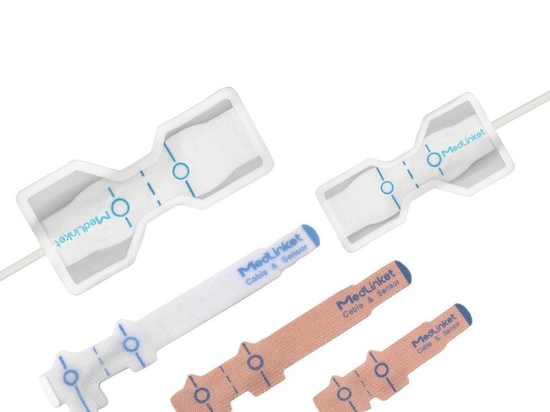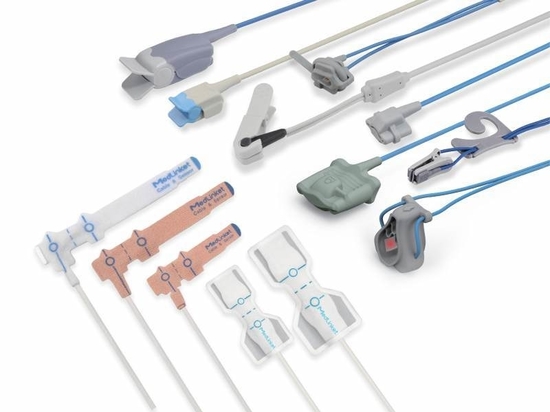
#Product Trends
Why is the body cavity temperature probe generally selected during perioperative period?
Why is the body cavity temperature probe generally selected during perioperative period?
The temperature probe is generally divided into body surface temperature probe and body cavity temperature probe. The body cavity temperature probe can be called oral cavity temperature probe, nasal cavity temperature probe, esophageal temperature probe, rectal temperature probe, ear canal temperature probe and urinary catheter temperature probe according to the measuring position. However, more body cavity temperature probes are generally used during perioperative period. Why?
The normal core temperature of human body is between 36.5 ℃ and 37.5 ℃. For perioperative temperature monitoring, it is necessary to ensure accurate monitoring of core temperature rather than body surface temperature.
If the core temperature is lower than 36 ℃, it is an accidental hypothermia during perioperative period
Anesthetics inhibit the autonomic nervous system and reduce metabolism. Anesthesia weakens the body's response to temperature. In 1997, Professor Sessler Di proposed the concept of perioperative hypothermia in the New England Journal of medicine, and defined the core body temperature below 36 ℃ as perioperative accidental hypothermia. Perioperative core hypothermia is common, accounting for 60% ~ 70%.
Unexpected hypothermia during perioperative period will bring a series of problems
Temperature management is very important in perioperative period, especially in large organ transplantation, because perioperative accidental hypothermia will bring a series of problems, such as surgical site infection, prolonged drug metabolism time, prolonged anesthesia recovery time, multiple adverse cardiovascular events, abnormal coagulation function, prolonged hospital stay and so on.
Select appropriate body cavity temperature probe to ensure accurate measurement of core temperature
Therefore, anesthesiologists pay more attention to the measurement of core temperature in large-scale surgery. In order to avoid accidental hypothermia during perioperative period, anesthesiologists usually choose appropriate temperature monitoring according to the type of operation. Generally, the body cavity temperature probe will be used together, such as oral cavity temperature probe, rectal temperature probe, nasal cavity temperature probe, esophageal temperature probe, ear canal temperature probe, urinary catheter temperature probe, etc. the corresponding measurement parts include esophagus, tympanic membrane, rectum, bladder, mouth, nasopharynx, etc.
On the other hand, in addition to the basic core temperature monitoring, thermal insulation measures also need to be taken. Generally, perioperative thermal insulation measures are divided into passive thermal insulation and active thermal insulation. Towel laying and quilt covering belong to passive thermal insulation measures. Active thermal insulation measures can be divided into body surface thermal insulation (such as active inflatable heating blanket) and internal thermal insulation (such as heating blood transfusion and infusion and abdominal flushing fluid heating), Core thermometry combined with active thermal insulation is an important method of perioperative temperature protection.
During kidney transplantation, nasopharyngeal temperature, oral cavity and esophagus temperature are often used to measure the core temperature accurately. During liver transplantation, anesthesia management and operation have a greater impact on the patient's body temperature. Usually, the blood temperature is monitored, and the bladder temperature is measured with a temperature measuring catheter to ensure real-time monitoring of core body temperature changes.
Since its establishment in 2004, Medlinket has been focusing on the R & D and production of medical cable components and sensors. The temperature monitoring probes independently developed and produced by Medlinket include nasal temperature probe, oral temperature probe, esophageal temperature probe, rectal temperature probe, ear canal temperature probe, urinary catheter temperature probe and other options. If you need to consult us at any time, you can also provide OEM / ODM customization to meet the clinical needs of various hospitals~




